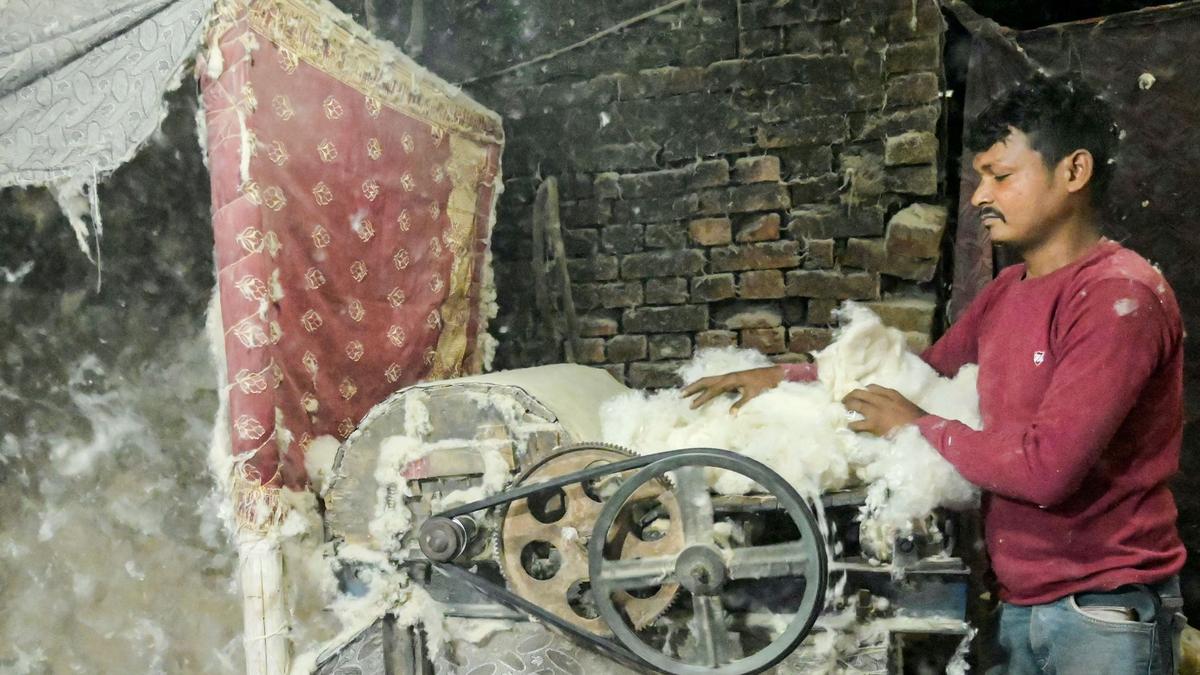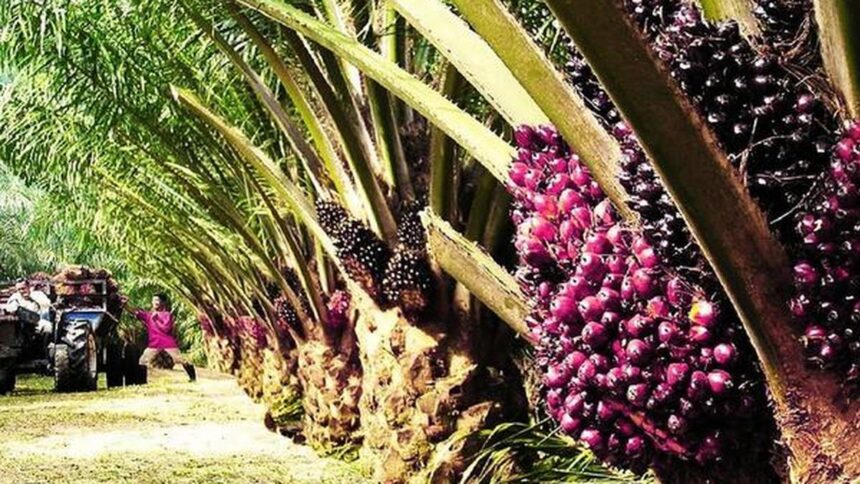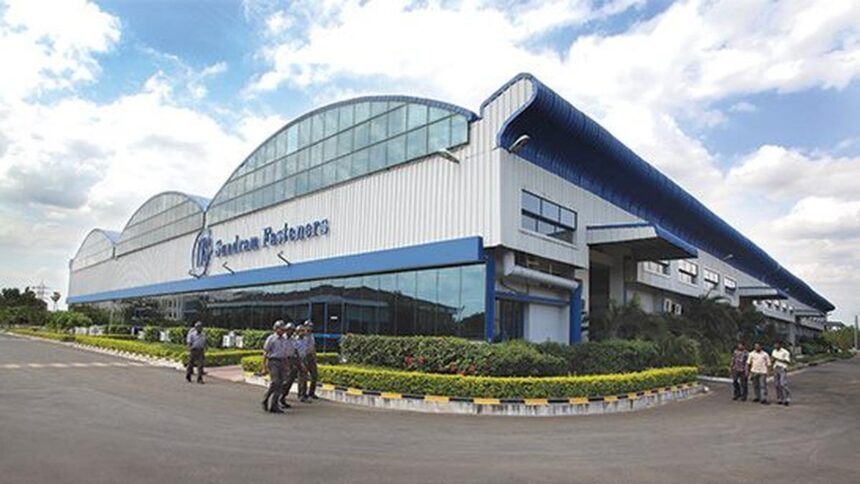
A worker feeds raw cotton into an opener machine at a processing facility in Amritsar on August 25.
| Photo Credit: AFP
The story so far: Cotton, which is the main raw material for the textile industry, is grown by nearly six million farmers in India. In the wake of declining production, the Central government has withdrawn the 11% import duty it introduced in February 2021. However, the last year saw a steep increase in cotton imports, even with the duty in place. On August 18, the government said it is withdrawing the duty till September 30 when the current cotton season will end.
Why was the duty introduced?
The import duty was announced by Union Finance Minister Nirmala Sitharaman in the 2021 Budget, when the country was producing 350 lakh bales of cotton annually against the requirement of 335 lakh bales. While the country was exporting cotton, there were imports too and the duty was aimed at protecting the interest of cotton growers.
In a move to address the raw material (cotton) shortage faced by the textile industry, the government exempted all varieties of cotton from import duty from April 14, 2022 to September 30, 2022, later extending the exemption until October 31, 2022. According to the Global Trade Research Initiative, cotton imports surged 107.4%, rising from $579.2 million in FY2023-2024 to $1.20 billion in FY2024-2025.
What is the current situation?
The overall domestic cotton production is down to 294 lakh bales, the lowest in the last 15 years, against the requirement of 318 lakh bales (including non-mill use). Cotton production in the 2024-2025 cotton season (October to September) is estimated to be nearly 20 lakh bales lesser than the last cotton season. Imports are also likely to be highest at about 40 lakh bales, with major supplies coming from Australia ($258.2 million), the U.S. ($234.1 million), Brazil ($180.8 million), and Egypt ($116.3 million). The Cotton Corporation of India purchased nearly 100 lakh bales of cotton from farmers at Minimum Support Price (MSP) during the ongoing cotton season spending ₹37,500 crore, and has sold 73 lakh bales in the market. For the 2025-2026 cotton season that will start on October 1, the government has hiked the MSP by 8%. Farmers in the north are expected to start bringing cotton to the market in October and those in central and western States are likely to start supplying after Deepavali.
What does the withdrawal imply?
It is said that only about two lakh bales of imported cotton that are in transit will be available without the duty as it will reach Indian shores by September 30. Several international brands are highlighting that cotton suppliers and garment manufacturers need to use cotton from these suppliers. When garment exporters compete in the international market, the raw material price was higher because of the duty. They will have a level-playing field without the duty.
However, cotton farmers are not in complete agreement with these views. According to Ravichandran, who cultivates cotton at Thiruvarur in Tamil Nadu, the removal of the duty discourages farmers from cultivating cotton. The removal of the import duty will not help cotton farmers who do not get any support from the government, said Kurubur Shanthakumar, south India convenor of Samyukta Kisan Morcha.
What is the long-term solution?
The industry is looking at two major support measures from the government — it wants a stable policy so that the industry can plan for raw material procurement. The government should suspend the duty every year during the non-peak season (April to September) as the farmers would have sold majority of the produce by then.
It also wants 5% interest subvention for working capital that textile mills need to purchase cotton during the peak season. If the mills, especially MSME units, have adequate funds, they can cover the required cotton and government need not spend on MSP operations, says industry.
Published – August 27, 2025 08:30 am IST























